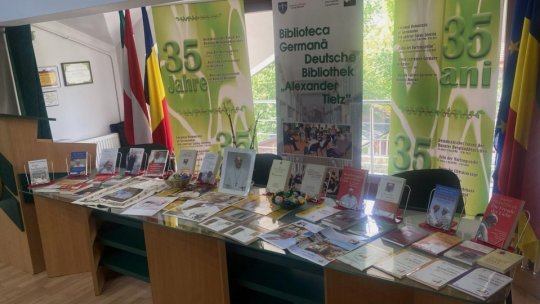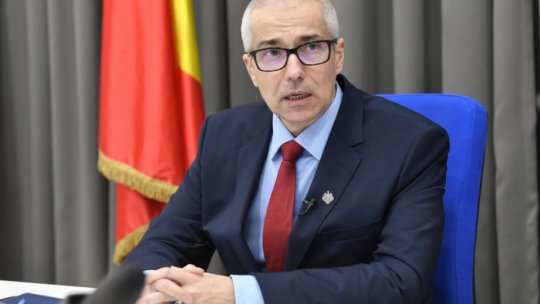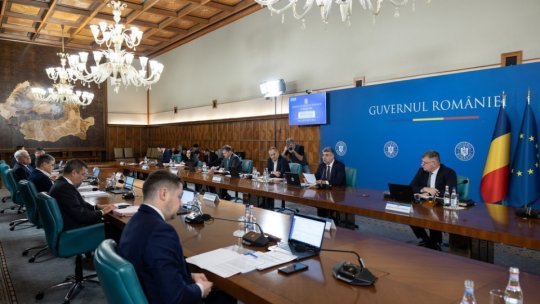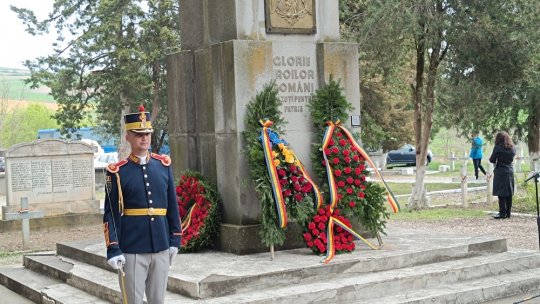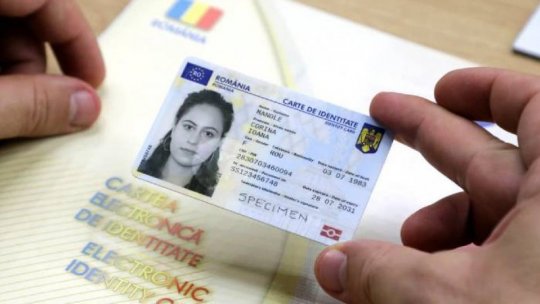Nuclear Energy in Romania
The European Commission has issued a welcoming go-ahead for the completion of units 3 and 4 of the Nuclear Power plant in Cernavoda (in the south-east).
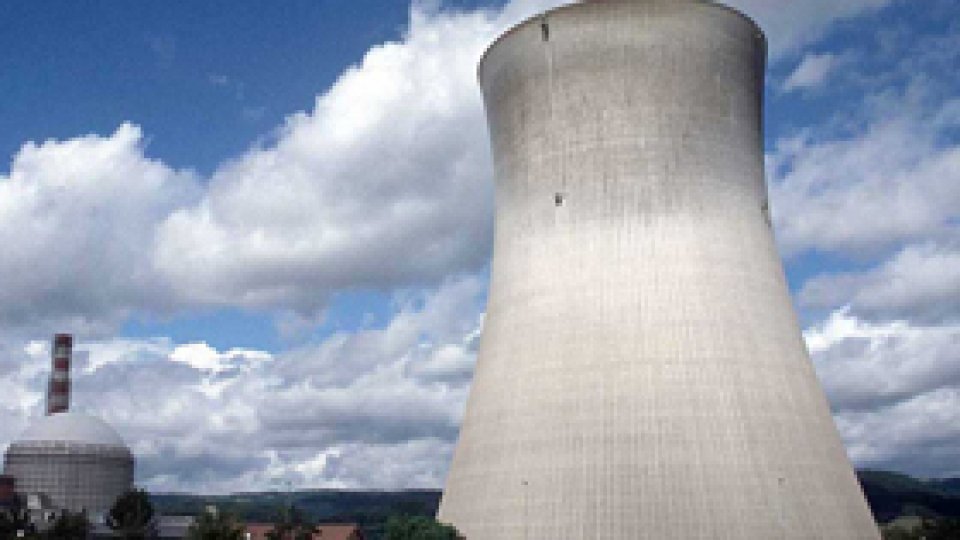
29 Decembrie 2010, 15:51
The European Commission has issued a welcoming go-ahead for the completion of units 3 and 4 of the Nuclear Power plant in Cernavoda (in the south-east). This is the only such plant in Romania, built in accordance with the EURATOM Treaty stipulations. The Romanian Economy Ministry has announced the completion of the 18 month long feasibility analysis.
During this period, European experts held several rounds of talks with Romanian specialists and high officials. Talks focused on the specific elements pertaining to the plant’s exploitation technology.
As a follow-up, specialists came up with a substantial series of improvement measures, in an attempt to reach current nuclear security standards, at international level.
The implementation of the project at the Cernavoda Nuclear Power Plant’s Units 3 and 4, estimated to be completed by the end of 2015, will provide an enhanced nuclear capacity of about 1,400 Megawatt. It will thus double its energy capacity, that is currently produced by the plant’s reactors 1 and 2.
Construction works on the plant will create thousands of jobs and will offer several opportunities to the Romanian industry. At present, the Romanian nuclear power plant is operational, with two reactors expected to cover 18% of the country’s electrical energy consumption.
The initial plan, outlined in the early 1980s, stipulated the construction of five units. Unit 1 was completed in 1996, and the second one, in 2007. The nuclear reactors in Cernavoda use the CANDU Canadian technology. The heavy water used as a moderator, is made in Drobeta Turnu – Severin (in the south-west). The Romanian media is speculating on the construction of a second nuclear power plant in central Romania, to produce electricity.
A disquieting issue for nuclear energy strategists in Bucharest is the prospect of a sharp depletion of the domestic uranium deposits. At the moment, there is only one active mine in Romania, that in Crucea (in the North-east). Some exploitation activities are carried out in Bihor County (in the North-west), where the Avram Iancu mine is only one step away from being closed down.
According to estimates, Romania’s deposits can be exploited by 2017, which means that the country’s ambitious nuclear program exceeds its domestic uranium resources. All this prompts pundits to wonder whether or not Romania has the financial power to import uranium, whose price has tripled on the international market since 2004.


